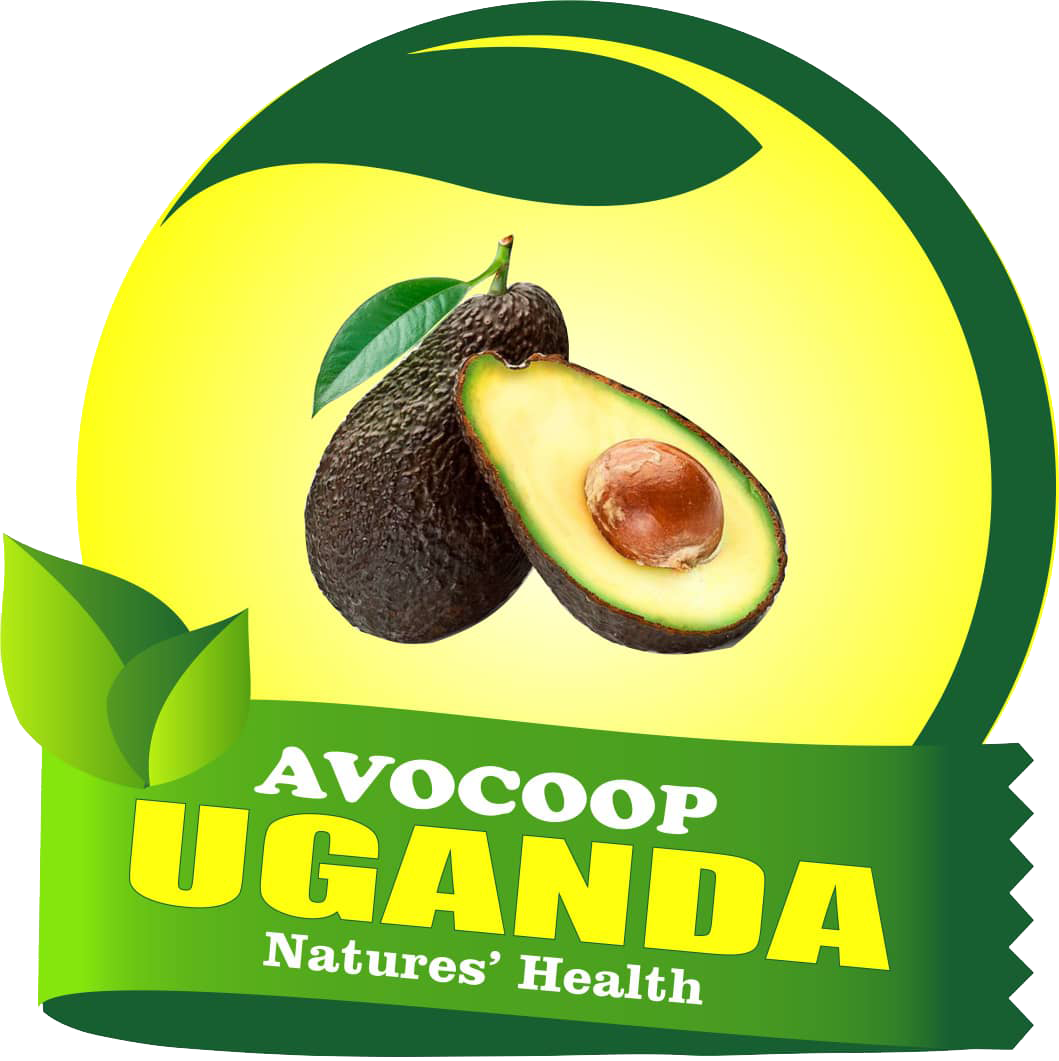Seamless & Hassle-Free Avo-Support
- What is an avocado?
- What are the benefits of eating avocado?
- How do you select a ripe avocado?
- How do you store avocado?
- How do you prepare avocado?
- What is the nutritional value of avocado?
- How long does it take for an avocado tree to bear fruit?
- What are the different types of avocado?
- What are the ideal conditions for avocado farming?
- What pests and diseases affect avocado farming?
- How do you fertilize an avocado tree?
- Can avocado trees be grown in containers?
- How do you harvest avocado?
An avocado is a fruit that is commonly used in cooking and as a spread. It is a berry with a single large seed in the center, and its flesh is smooth and creamy. Avocados are native to Central and South America, and are now grown in many parts of the world.
Avocados are a good source of healthy fats, fiber, and various vitamins and minerals. They contain monounsaturated fats, which can help lower cholesterol and improve heart health. They are also a good source of potassium, which can help lower blood pressure. Avocados are also high in fiber, which can help support weight management and digestion. Additionally, they are rich in vitamins K, C, and B-6, as well as folate and niacin.
A ripe avocado should be slightly soft to the touch, and should yield when gently pressed. The skin should be dark in color and free of blemishes or bruises. If the avocado is rock-hard, it is not yet ripe and will need to be left at room temperature for a few days to ripen. If it is too soft or mushy, it is overripe and may not be good to eat.
An avocado can be stored at room temperature until it is ripe. Once ripe, it should be stored in the refrigerator to slow down the ripening process. If you have cut an avocado and can't eat the whole half, store it by brushing it with lemon juice or vinegar and wrap it in cling film before storing in the refrigerator.
An avocado can be cut in half by slicing lengthwise around the seed, and then twisting the two halves to separate them. Once the seed is removed, the flesh can be scooped out with a spoon. The flesh can then be mashed or diced for use in salads, sandwiches, or guacamole.
Avocados are a good source of healthy fats, fiber, and various vitamins and minerals. They contain monounsaturated fats, which can help lower cholesterol and improve heart health. They are also a good source of potassium, which can help lower blood pressure. Additionally, avocados are a good source of folate, vitamin K, vitamin E, vitamin C and various B vitamins. They also contain minerals like copper, magnesium, and manganese.
It takes about 6 to 12 months for an avocado tree to bear fruit after being planted. However, it can take up to 4 to 6 years for an avocado tree to reach full maturity and produce a large crop.
There are many different types of avocado, including Hass, Fuerte, Bacon, and Reed. Hass avocados are the most common variety and have a rough, pebbled skin and a rich, creamy flesh. Fuerte avocados have a smooth, shiny skin and a creamy, nutty flavor. Bacon avocados are small and have a mild flavor, while Reed avocados are large and have a sweet, nutty flavor.
Avocado trees thrive in warm, humid climates with well-drained soil. They require ample water and sunlight to grow properly, but also need proper drainage to prevent waterlogging. They also require regular pruning and fertilization to encourage healthy growth.
Some common pests and diseases that affect avocado farming include root rot, scale insects, and avocado mites.
Avocado trees should be fertilized twice a year with a balanced fertilizer that is high in potassium and phosphorus.
Yes, avocado trees can be grown in containers, but they will require regular pruning and fertilization.
Avocados are typically harvested when they are fully ripe, which can be determined by their color and texture. They should be picked by hand, taking care not to damage the tree or the fruit.



